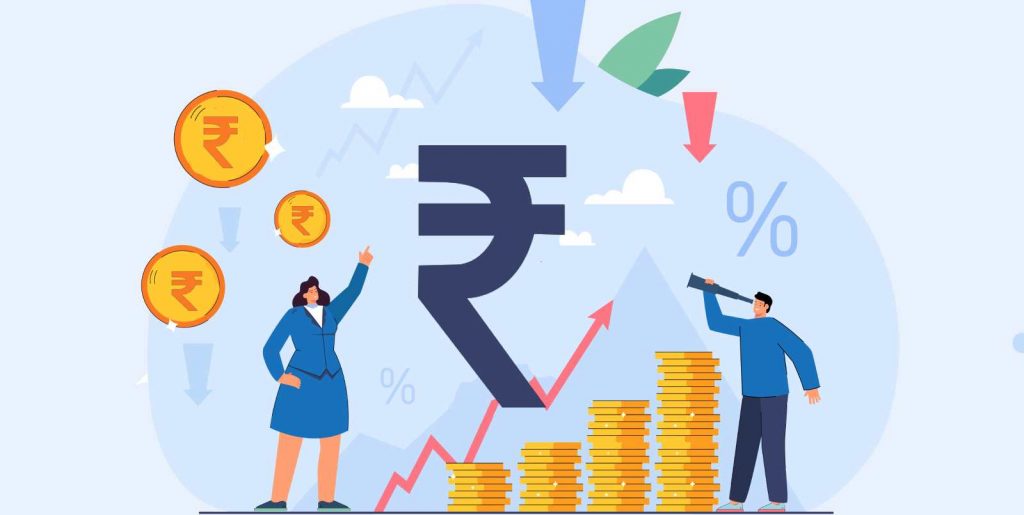

It is often used to compare the returns of bonds, particularly comparing the yields of a bond with a certain credit rating to the yields of a benchmark bond, such as a U.S. Treasury bond.
The yield spread is typically expressed in basis points (bps), with one basis point equal to 0.01%. The spread can be positive or negative, indicating whether the bond in question is offering a higher or lower yield compared to the benchmark.
This spread can provide insights into market conditions, credit risk perceptions, and economic expectations. A wider spread may suggest higher perceived risk, while a narrower spread may indicate lower perceived risk.
To illustrate, recently, the spread between earnings of Equity and bond yield rose to 2.58 % , the highest in five years. A higher spread indicates a greater attractiveness of bonds over equities.
Yield spreads are widely used in fixed-income markets and are particularly important for investors and analysts assessing the relative attractiveness and risk associated with different bonds or debt instruments.
Significance of yield spread in bond investing: In bond investing, yield spread is a significant metric that investors use to gauge the level of expense for a bond or group of bonds. The yield spread is used to indicate the relative pricing or valuation of a bond, and the wider the spread between two bonds or two classes of bonds, the greater the valuation differential.
Generally, the higher the risk a bond or asset class carries, the higher its yield spread. Yield spread can also be used to predict recessions and economic recoveries and may indicate how investors view economic conditions.
Widening spreads typically lead to a positive yield curve, indicating stable economic conditions in the future, while falling spreads contract, worsening economic conditions may be coming, resulting in a flattening of the yield curve.
Comments
Write Comment